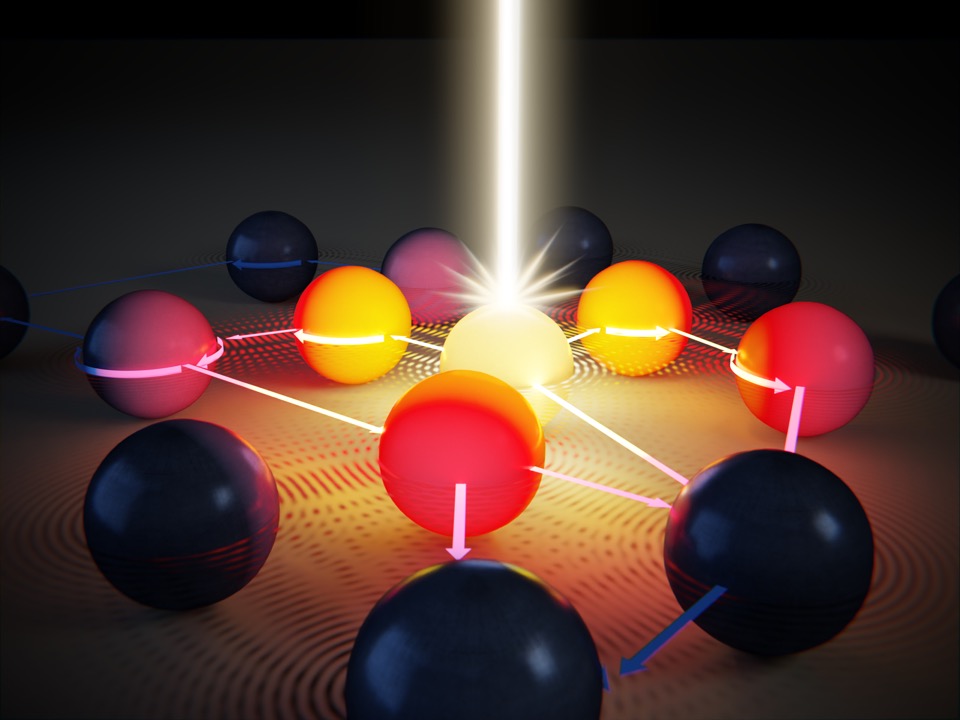Near field radiative heat transfer in many-body systems
17/06/21 08:05
Many-body physics aims to understand emergent properties of systems made of many interacting objects. This review examines recent progress on the topic of radiative heat transfer in many-body systems consisting of thermal emitters interacting in the near-field regime. Near-field radiative heat transfer is a rapidly emerging field of research in which the cooperative behavior of emitters gives rise to peculiar effects that can be exploited to control heat flow at the nanoscale. Using an extension of the standard Polder and van Hove stochastic formalism to deal with thermally generated fields in N-body systems, along with their mutual interactions through multiple scattering, a generalized Landauer-like theory is derived to describe heat exchange mediated by thermal photons in arbitrary reciprocal and nonreciprocal multiterminal systems. In this review, this formalism is used to address both transport and dynamics in these systems from a unified perspective. The discussion covers (i) the description of nonadditivity of heat flux and its related effects, including fundamental limits as well as the role of nanostructuring and material choice; (ii) the study of equilibrium states and multistable states; (iii) the relaxation dynamics (thermalization) toward local and global equilibria; (iv) the analysis of heat transport regimes in ordered and disordered systems composed of a large number of objects, density, and range of interactions; and (v) the description of thermomagnetic effects in magneto-optical systems and heat transport mechanisms in non-Hermitian many-body systems. The review concludes with a listing of outstanding challenges and promising future research directions.


